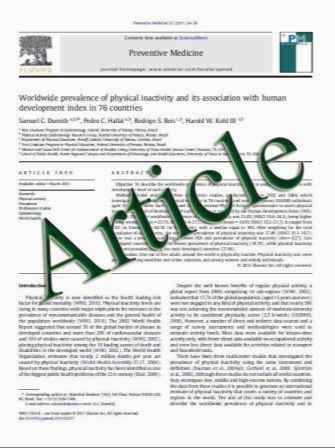The effect of different quadriceps loading patterns on tibiofemoral joint kinematics and patellofemoral contact pressure during simulated partial weight-bearing knee flexion
- نوع فایل : کتاب
- زبان : انگلیسی
- مؤلف : Markus Wu¨nschel • Ulf Leichtle • Christian Obloh • Nikolaus Wu¨lker • Otto Mu¨ ller
- چاپ و سال / کشور: 2010
Description
Purpose The purpose of this in vitro study was to investigate the influence of different quadriceps loading patterns on tibiofemoral joint kinematics and patellofemoral pressure. Methods A dynamic muscle-loaded knee squat was simulated on eight knee specimens with an upright knee simulator while measuring tibiofemoral joint kinematics and patellofemoral pressure distribution. The quadriceps muscle was attached to three actuators simulating the three main extensor muscles, and five different quadriceps loading patterns were tested. Results Tibial axial and varus-valgus-rotation are affected most while changing quadriceps loading patterns from lateral to medial. Higher internal tibial rotation is associated with higher medial muscle load compared to the symmetrical loading condition. Contact force, contact area and maximum peak pressure rise with increasing flexion angles. Accentuating the vastus lateralis muscle induces a significant reduction in patellofemoral contact force and a 30% diminished contact area at 90 of flexion. Conclusion Strengthening the vastus medialis muscle leads to increased internal tibial rotation, thus optimizing patella tracking by lowering the Q-angle. In contrast, weakness of the vastus medialis muscle causes decreased tibial internal rotation and is associated with lower patellofemoral contact pressure and contact area. Vastus medialis exercise is advisable to improve patella tracking but may not be recommended in patients with disorders due to increased patellofemoral contact pressure.
Knee Surg Sports Traumatol Arthrosc (2011) 19:1099–1106 DOI 10.1007/s00167-010-1359-y Received: 5 September 2010 / Accepted: 6 December 2010 / Published online: 11 January 2011


